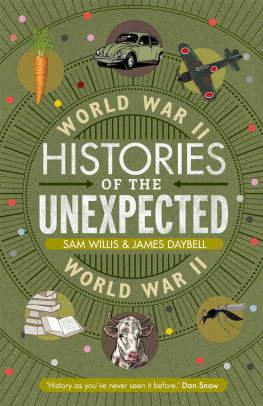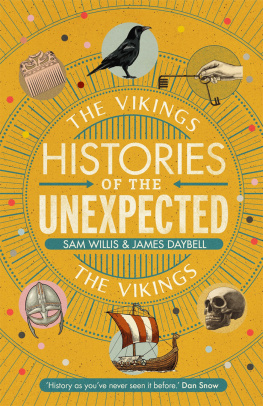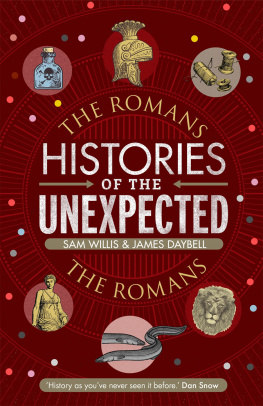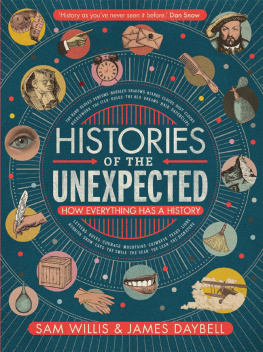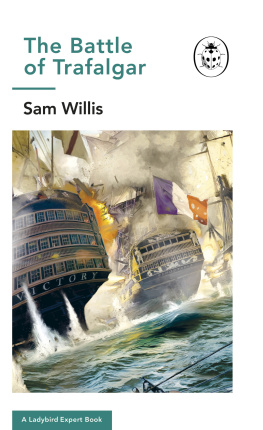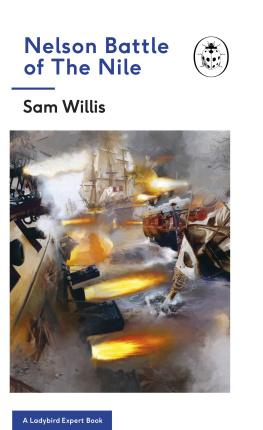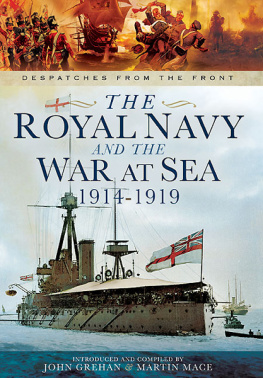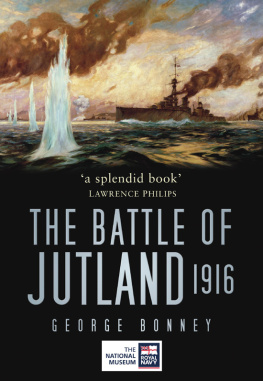
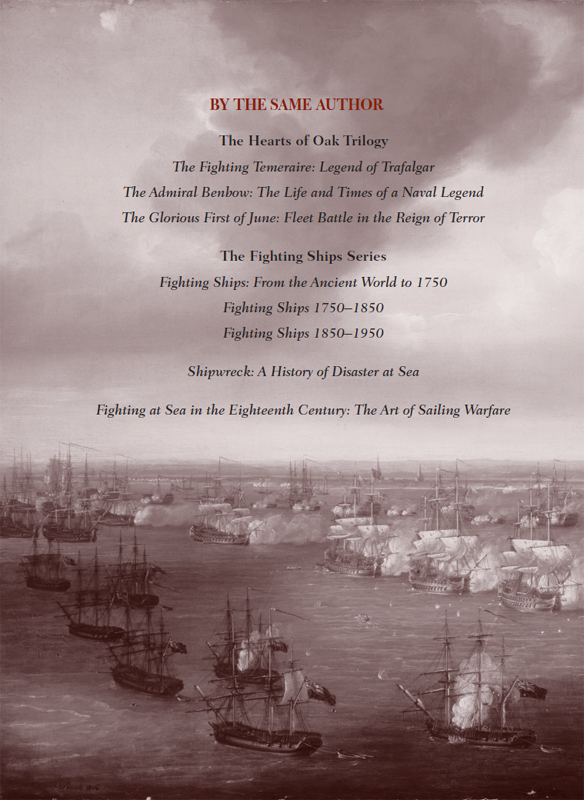

Published in Great Britain in 2013 by Atlantic Books,
an imprint of Atlantic Books Ltd.
Copyright Sam Willis, 2013
Appendix II Nicholas Blake, 2013
The moral right of Sam Willis to be identified as the author of this work has been asserted by him in accordance with the Copyright, Designs and Patents Act of 1988.
All rights reserved. No part of this publication may be reproduced, stored in a retrieval system, or transmitted in any form or by any means, electronic, mechanical, photocopying, recording, or otherwise, without the prior permission of both the copyright owner and the above publisher of this book.
Every effort has been made to trace or contact all copyright holders. The publishers will be pleased to make good any omissions or rectify any mistakes brought to their attention at the earliest opportunity.
10 9 8 7 6 5 4 3 2 1
A CIP catalogue record for this book is available from the British Library.
Hardback ISBN: 9780857895707
Special Edition ISBN: 9780857898302
Ebook ISBN: 9780857895721
Paperback ISBN: 9780857895738
Text design and typesetting: Carrdesignstudio.com
Printed in Great Britain.
Atlantic Books
An Imprint of Atlantic Books Ltd
Ormond House
2627 Boswell Street
London
WC1N 3JZ
www.atlantic-books.co.uk
For Tors

Rear-Admiral Horatio Nelson describing his attack on the French fleet at the mouth of the Nile, 2 August, 1798

ACKNOWLEDGEMENTS

I am extremely grateful to the many people who have offered their time and knowledge during the creation of this book. Nicholas Blakes work on the documents themselves was inestimable and his research for Appendix II meticulous. Oliver Walton has been a valuable sounding board and nonsense-preventer. Richard Blake helped with questions of piety; Tony Beales with Trafalgar; Sim Comfort with swords and telescopes; Andrew Bond, who is becoming something of a naval historian himself, with word-finding and grammar; Phil Weir with developments in telegraph and radio; and Andrew Little with Dutch museums. Lucy Morris did some excellent work at short notice and my father, Michael Willis, was an important shellfish and Dutch lager consultant on our research trip to Rotterdam. The staff at the British Library, and particularly Dr William Frame, Curator of Modern Historical Papers, have been highly professional and helpful. Mark and David Hawkins of the Lanes Armoury in Brighton were very kind in letting me use an image of their Nile medal. And, as always with my work, this book is all the better because Michael Duffy read it through in draft and pointed out a number of howlers.
Finally I would like to thank Georgina Capel and Anthony Cheetham for believing in this project from its birth as a two-lined email, which began Youll never believe what I have just found ...
ILLUSTRATIONS

First Section
Second section
Images in the main text
The parts of the original letters reproduced on pages all come from the volume of dispatches in the British Library ( The British Library Board. Add. Mss. 23207)
(Courtesy of Mark and David Hawkins)
MAPS & BATTLE PLANS

As always, my maps and battle plans have been drawn by the extraordinarily talented artist and illustrator, Jamie Whyte. For more of his work, please see www.jamiewhyte.co.uk

PREFACE

The Finding
On a cold spring day in 2010 I made my way to the British Library and climbed the stairs to the manuscript reading room. It was just one more stop on a tour of British archives and libraries that I was undertaking as part of the research for a new book. Buried in the list of documents that I wanted to consult that day was the innocuous-sounding Add: 23207. A catalogue entry stated that it contained a number of letters written in the aftermath of a naval battle fought between Britain and France at the height of the Reign of Terror in 1794, a battle that became known as The Glorious First of June.
As is often the case with such material, I was expecting to receive several loose sheets of paper tucked inside a dull-coloured envelope made of acid-free paper. Instead, however, the archivist asked to re-check my credentials, took me to a special seating area reserved for the most precious of manuscripts and wheeled over a trolley bearing a varnished box the size of a coffin. I thought that there had been a mistake. Perhaps I had ordered the wrong document one of those huge illuminated medieval manuscripts for which the British Library is so famous or an early copy of the Bible or the Koran. I nearly sent it back without looking inside but, when I opened the box, the glint of moulded decoration and clasps promised something sensational. Inside was a book so large and heavy that it took two people to move it from its box to a table. Straining under its weight, we rested it on a large foam wedge.
The book was over two feet long, at least eighteen inches wide, several inches thick and covered in the most gorgeous navy-blue velvet. At its head and foot were decorated silver-gilt onlays displaying themes of naval war and victory while, at the centre, another onlay displayed a fouled anchor set against a sea of rigging, ensigns, cannon and drums. The book was held shut by a clasp, beautifully moulded into the shape of a shell (fig. 1). I fiddled with it and swung the cover open as if opening the heavy oak door to a church. Inside were the original dispatches sent to London from the victorious fleets after the most significant naval battles of the French Revolutionary and Napoleonic Wars. I told myself to keep breathing.
The volume was divided by portraits of the victorious admirals. They stared out from the book, guarding their letters, as once they had stared out from their quarterdecks, guarding their fleets and their country. The letters were a national treasure. Here, immaculately preserved, were the admirals narratives describing their victories to the King and the naval lords and politicians in London. Here also were letters from captains describing their conduct in battle to their admirals; from boatswains describing the damage to their ships; and from surgeons describing injuries to their men. Here were maps detailing the changing locations of ships as the chaos of battle unfurled; here were captured enemy narratives; here, even, were some of the original
Next page

